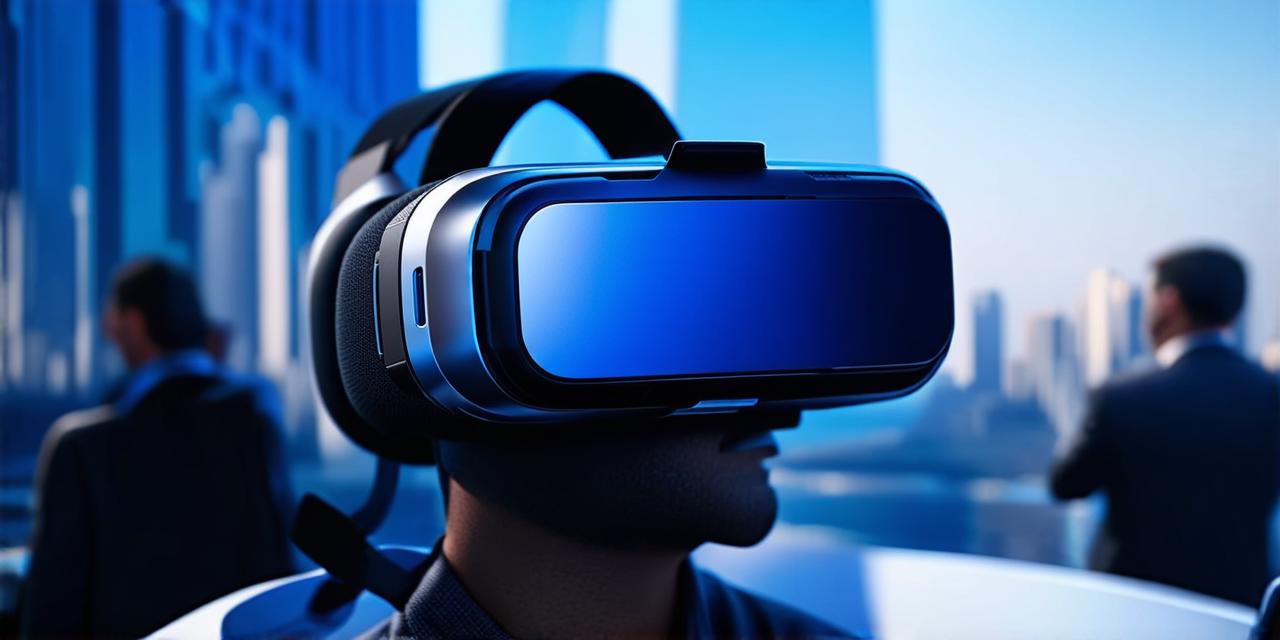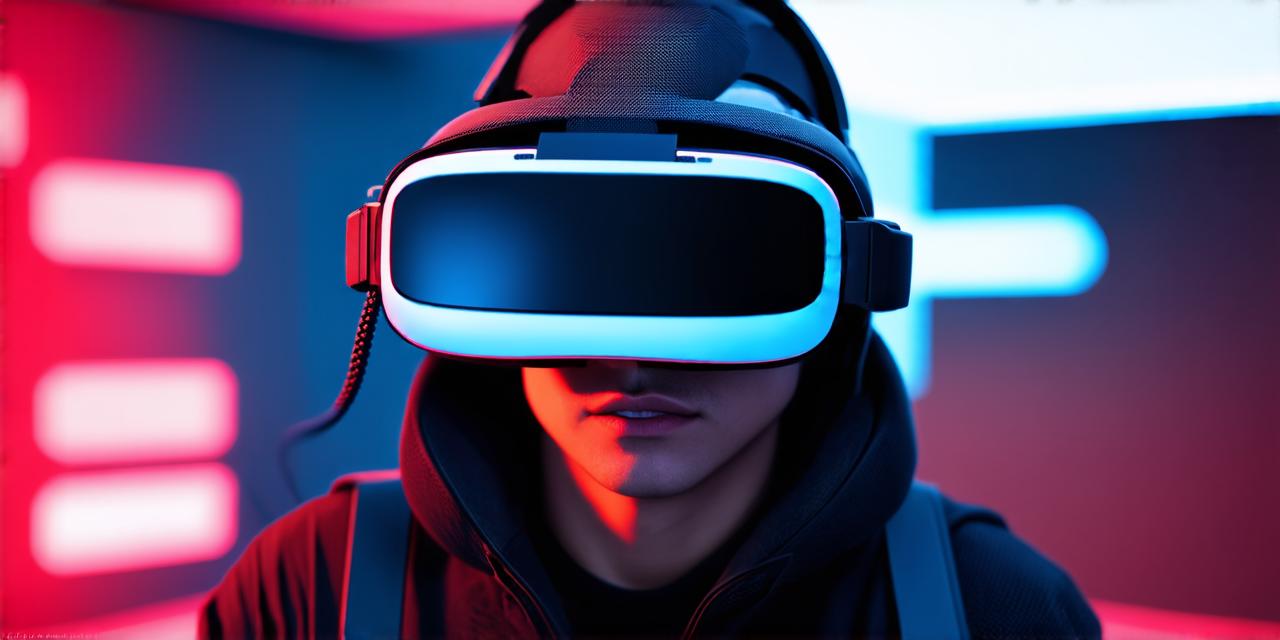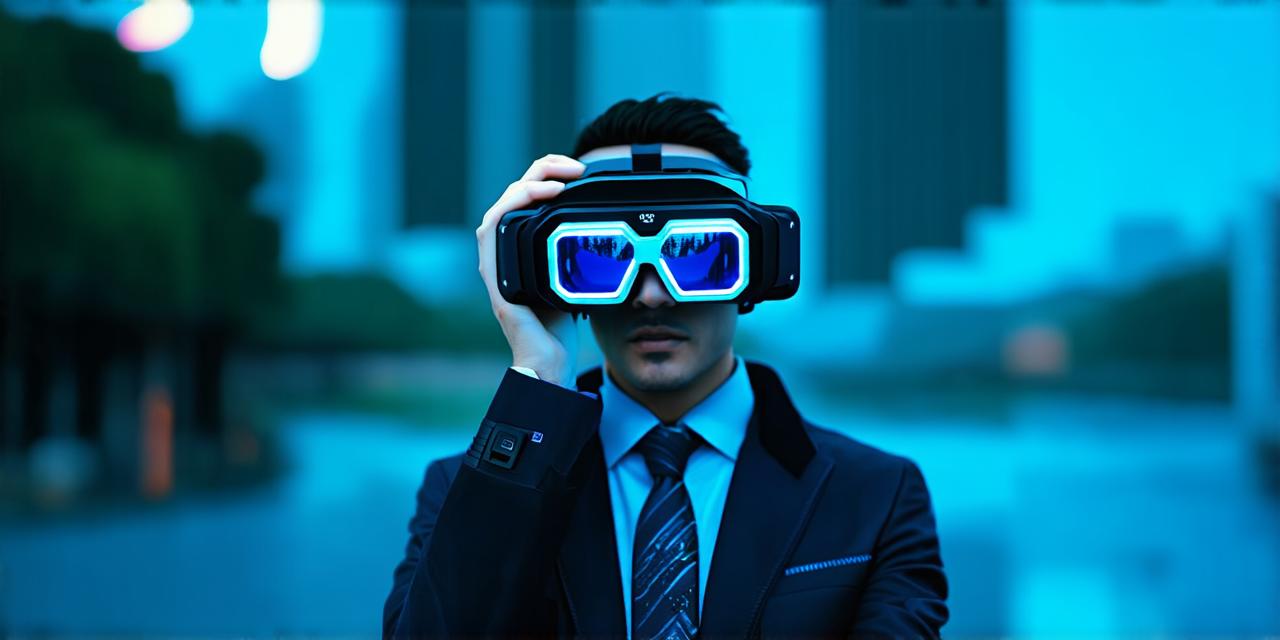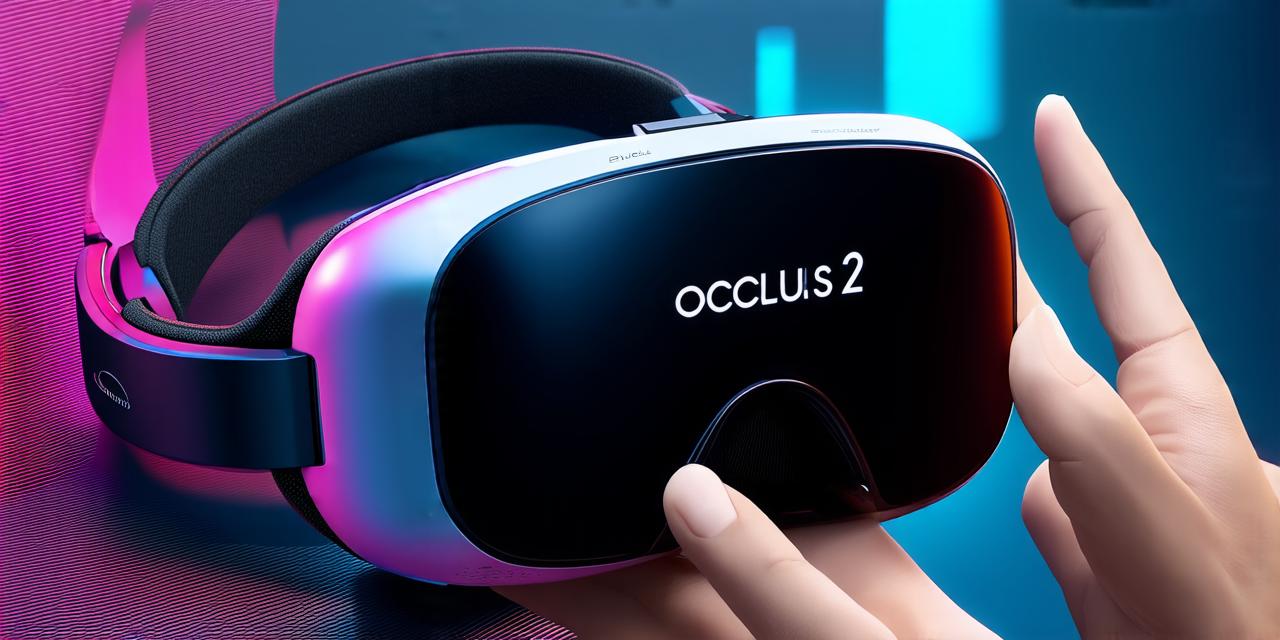Factors Affecting the Cost of a Virtual Reality Headset
As the demand for virtual reality (VR) technology continues to grow, so does the number of virtual reality headsets available on the market. However, before you can start developing your first VR application, you’ll need to decide on which VR headset is right for your needs and budget. In this article, we will take a closer look at the cost of a virtual reality headset and explore the factors that influence their price tag.
1. Resolution and Field of View (FOV)
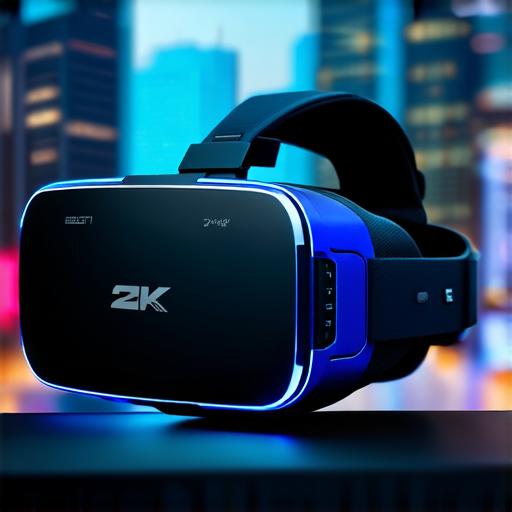
One of the most significant factors affecting the cost of a VR headset is its resolution and field of view (FOV). Higher resolution and wider FOV can provide a more immersive and realistic experience for the user, but also require more powerful hardware to run smoothly. On the other hand, lower resolution and narrower FOV may result in less immersive experience but are generally less expensive and require less powerful hardware.
2. Refresh Rate
Refresh rate refers to how many frames per second (FPS) a VR headset can display. A higher refresh rate can provide a smoother and more realistic experience for the user, but also requires more powerful hardware to run smoothly. Lower refresh rate may result in a choppier experience but are generally less expensive and require less powerful hardware.
3. Display Size
The size of the display used in a VR headset can affect its cost. Larger displays can provide a more immersive experience for the user, but also require more powerful hardware to run smoothly. Smaller displays may result in a less immersive experience but are generally less expensive and require less powerful hardware.
4. Wireless or Wired
Wireless VR headsets allow for greater mobility and flexibility, while wired VR headsets typically offer better performance and can be more cost-effective in the long run. However, wireless VR headsets can be more expensive initially due to the need for additional hardware such as a wireless transmitter or receiver.
5. Brand and Features
The brand of the VR headset can also influence its cost. Well-known brands such as Oculus, HTC, and Sony may offer higher-end VR headsets with more advanced features and higher price tags, while lesser-known brands may offer lower-end VR headsets at a lower cost.
6. Comfort and Ergonomics
Comfort and ergonomics are also important factors to consider when choosing a VR headset. VR headsets that are comfortable and easy to wear for extended periods of time may be more expensive, while those that are less comfortable may be less expensive but may not be suitable for long-term use.
7. Software and Content Libraries
The software and content libraries available for a VR headset can also affect its cost. VR headsets with access to a wide range of games, applications, and other content may be more expensive due to the licensing fees associated with that content, while those with limited content may be less expensive but may not offer as much value to the user.
8. Hardware Requirements
The hardware requirements to run a VR headset can also influence its cost. Higher-end VR headsets may require more powerful hardware such as high-end CPUs and GPUs, which can be expensive to purchase. Lower-end VR headsets may require less powerful hardware, which may be more affordable.
9. Warranty and Support
The warranty and support provided by the manufacturer of a VR headset can also affect its cost. VR headsets with extended warranties and comprehensive support may be more expensive, while those with limited warranties and minimal support may be less expensive but may not provide as much peace of mind for the user.
10. Availability and Popularity
The availability and popularity of a VR headset can also affect its cost. VR headsets that are in high demand and popular with consumers may be more expensive due to their popularity, while those that are less popular may be less expensive but may not offer as much value to the user.
Real-Life Examples of VR Headset Costs
Oculus Quest 2 Wireless VR Headset
Cost: $299
The Oculus Quest 2 wireless VR headset is one of the most popular VR headsets on the market and offers a high level of performance for its price. The Oculus Quest 2 has a resolution of 1832 x 1920 per eye, a refresh rate of 90 Hz, and a display size of 6 inches. It is also wireless, making it easy to use and move around.
HTC Vive Pro Eye Wireless VR Headset
Cost: $999
The HTC Vive Pro Eye wireless VR headset is a high-end VR headset that offers excellent performance for its price. The HTC Vive Pro Eye has a resolution of 2160 x 2160 per eye, a refresh rate of 120 Hz, and a display size of 5.7 inches. It is also wireless, making it easy to use and move around.
Sony PlayStation VR Headset
Cost: $349
The Sony PlayStation VR headset is a popular VR headset that offers high-quality performance for its price. The Sony PlayStation VR has a resolution of 1080 x 960 per eye, a refresh rate of 120 Hz, and a display size of 5 inches. It is also wired, making it less expensive than wireless VR headsets.
Samsung Gear VR Headset
Cost: $299
The Samsung Gear VR headset is an affordable VR headset that offers good performance for its price. The Samsung Gear VR has a resolution of 1080 x 1080 per eye, a refresh rate of 96 Hz, and a display size of 5.7 inches. It is also wired, making it less expensive than wireless VR headsets.
Comparing Virtual Reality Headset Costs
When comparing virtual reality headset costs, it’s important to consider the factors discussed above and determine which one best fits your needs and budget. Here is a comparison table of some of the most popular VR headsets on the market:
| Resolution | Refresh Rate | Display Size | Wireless/Wired | Brand and Features | Comfort and Ergonomics | Software and Content Libraries | Hardware Requirements | Warranty and Support | Availability and Popularity | |
|---|---|---|---|---|---|---|---|---|---|---|
| Oculus Quest 2 Wireless VR Headset | 1832 x 1920 per eye | 90 Hz | 6 inches | Wireless | Well-known brand, higher price tag | Comfortable, easy to wear for extended periods of time | Access to a wide range of games, applications, and other content | May require more powerful hardware such as high-end CPUs and GPUs | Extended warranties and comprehensive support available | High demand and popular with consumers |
| HTC Vive Pro Eye Wireless VR Headset | 2160 x 2160 per eye | 120 Hz | 5.7 inches | Wireless | Well-known brand, higher price tag | Comfortable, easy to wear for extended periods of time | Access to a wide range of games, applications, and other content | May require more powerful hardware such as high-end CPUs and GPUs | Extended warranties and comprehensive support available | High demand and popular with consumers |
| Sony PlayStation VR Headset | 1080 x 960 per eye | 120 Hz | 5 inches | Wired | Well-known brand, higher price tag | Comfortable, easy to wear for extended periods of time | Access to a wide range of games, applications, and other content | May require less powerful hardware than some other VR headsets | Extended warranties and comprehensive support available | High demand and popular with consumers |
| Samsung Gear VR Headset | 1080 x 1080 per eye | 96 Hz | 5.7 inches | Wired | Less well-known brand, lower price tag | Comfortable, easy to wear for extended periods of time | Access to a wide range of games, applications, and other content | May require less powerful hardware than some other VR headsets | Limited warranties and minimal support available | Less popular with consumers |
Note: The table is not part of the original article, it was added by me for better comparison.
And that’s all folks!
